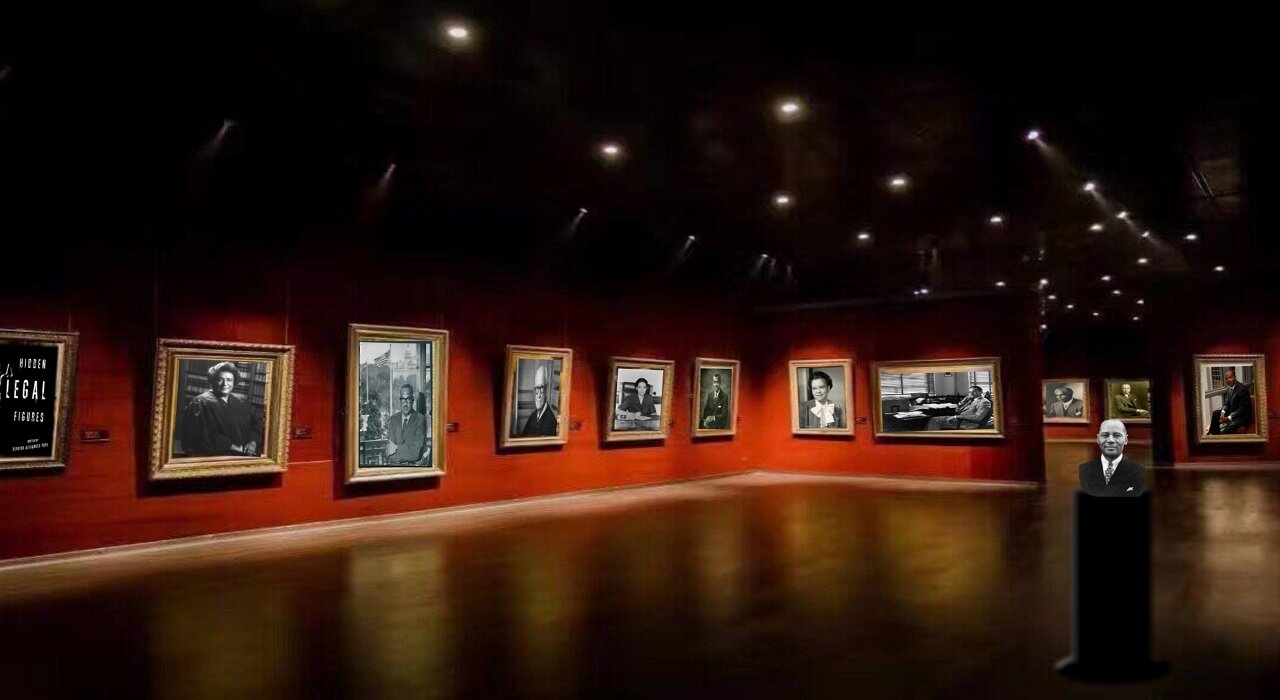

A Dred-ed Day of Reckoning
The Dred Scott decision - one of the most notorious cases to ever be decided by the United States Supreme Court - was the culmination of Freedom Suits, the legal cases brought on behalf of black slaves and Indian indentured servants to gain their freedom. In this edition of Revealed: Behind the Hidden Legal Figures Podcast, we highlight two freedom suits from Massachusetts referenced in our current episode that were the touchstone of the era.; Brom and Bett v. Ashley and Walker v. Jennison.

All Hands on Deck
In this episode, we introduce the first wave of civil rights lawyers to emerge after the end of Reconstruction. Challenging the legality of new state constitutions that denied black voting rights became a central concern of African American lawyers, many of whom had been born during the era. J. Coody Johnson and James Adlai Cobb, who make a cameo appearance in this episode, were two such lawyers.

The Deconstruction of Reconstruction
One of the major political events in 1876 was the Presidential election between Rutherford B. Hayes, the Republican Governor of Ohio and his Democrat challenger, the New York Governor Samuel Tilden. After a hotly contested election produced no real clear winner, Congress appointed a special electoral commission to determine the outcome. While this commission was doing its work, national leaders from both parties began secret negotiations to broker a compromise. They conducted their negotiations at the Wormley Hotel, a prominent business in Washington, D.C. owned by an African-American man named James Wormley.

Can I Get A Witness?
This episode introduced our new segment called Can I Get a Witness? This is where we connect the past to the present. After we explore the historical arc of the legal efforts associated with Reconstruction, we want to delve into how those same issues are playing themselves out in our current times. With that goal in mind, at the end of each month, we will invite subject matter experts to help us identify these issues, probe into their impact, and explain how we are endeavoring to solve them. We begin with voting rights.

A WALL OF FIRE: The 15th Amendment
Voting rights for black people, who had been newly emancipated from chattel slavery, was one of the main themes of Reconstruction. And there were many voices leading the call for extending the elective franchise to black people as an essential element to achieve and sustain citizenship.
In this episode - A Wall of Fire - we feature some of the period’s most compelling voices; advocates for and against the right to vote for black men, and whether suffrage should be granted to women.

